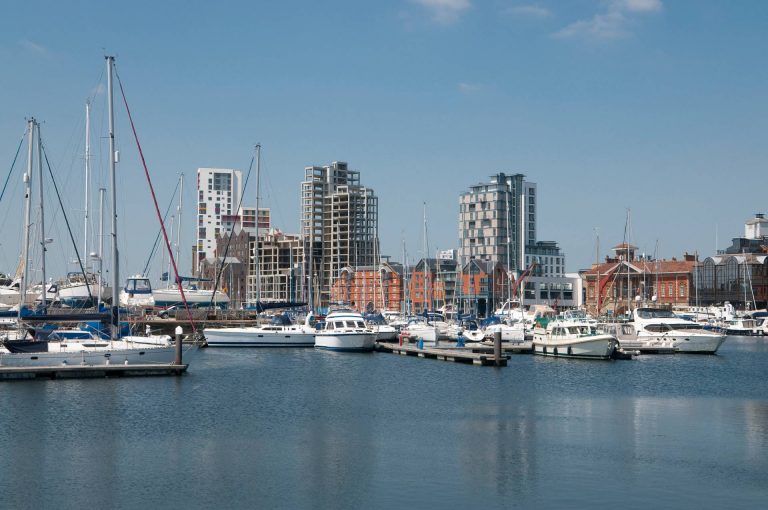Ipswich decarbonisation feasibility
Ipswich Borough Council
Services
- Building Surveying
- Carbon Reduction
- Energy Consultancy
- Feasibility

- Name
PAUL COCKADAY
DIRECTOR OF CONSULTINGBA (Hons), MA, MSc- Telephone
- 07595 551835
- Paul.Cockaday@norseenergy.co.uk
- View Biography
Project Summary
In November 2020 Norse Consulting approached IBC to explore the opportunity to provide support to enable a successful Public Sector Decarbonisation Scheme (PSDS) Grant application to be made.
The brief for Norse Consulting included:
. Obtain from IBC all relevant energy and building data relating to each of the 11 premises.
. Carry out a desktop review of the data and liaise with the IBC to enable suitable and sufficient information to be prepared for the purpose of a site heat decarbonisation survey.
. Carry out heat decarbonisation surveys at each building to identify PSDS eligible energy efficiency and renewable heat technologies including both fabric and M&E assets.
To support the Council’s application for the PSDS funding, Norse Consulting prepared a report for each of the 11 sites, to include:
• An outline specification of the proposed PSDS technologies, together with any constraints or issues that would require further consideration.
• An analysis of costs, energy and carbon savings for each of the proposed technologies.
• A draft PSDS application form completed with compliant technologies to the extent that the Authority could finalise with their information and submit to Salix.
• Provide an executive summary report of the findings from each of the 11 premises.
This resulted in IBC successfully securing £72,760 of Low Carbon Skills Funding from Salix to carry out heat
decarbonisation feasibility studies in 11 of the Council’s buildings to identify eligible technologies that could be taken forwards to a full PSDS Grant application.
Project Overview
Ipswich Borough Council (IBC) declared a Climate Emergency in 2019 and resolved to become carbon neutral by 2030. In 2019-20, the Council’s operations had a carbon footprint of 4,757 Tonnes with 84% associated with the use of its buildings.
To deliver the Council’s carbon agenda and ambitions by 2030, the council has developed a series of strategic objectives.
These objectives include:
• Heat our buildings with low carbon and/or renewable heating and change our behaviours towards energy consumption
• Monitor and manage energy efficiency standards and improvements
• Increase the adoption of energy efficiency technologies across the estate
Project Impact
The total CO2 footprint of the 11 buildings equated to 40% of the total gross emissions for all IBC’s buildings so there was a significant opportunity to influence its footprint through targeted reductions.
The overall opportunities identified from the surveys included Air Source Heat Pumps, Solar PVs and Solar Thermal Panels to LED lighting. It also included insulation of the buildings’ roofs, walls and windows as well as management systems.
HEAT PUMPS – AND WIDER CONSIDERATIONS
The Government’s PSDS Grant scheme is primarily focused on the decarbonisation of heat hence, why the preferred technology is heat pumps as low carbon heating. However, whilst heat pumps can be applied to all building types they are not a direct like-for-like replacement for gas boilers and electric heating systems. Careful system selection and design is required to ensure they will work efficiently and effectively. Optimising performance in retrofitting some buildings can require increasing the size of the heat emitters (i.e. radiators) and upgrading pipework to reduce the operating temperature alongside reducing heat loss through the thermal fabric and reducing electrical loads
of the building. This point was highlighted in the individual site reports.
Acoustic performance is also a significant consideration with heat pumps and careful siting is required to avoid disruption to building occupants or neighbours. Acoustic jackets or enclosures are often recommended, and these were priced into the proposals where appropriate.
Heat pumps require a greater focus on the holistic energy performance of the building and best practice design involves minimising heat losses as well as optimising supply. Thus, energy efficiency measures to reduce heat loss are an essential prerequisite underpinning all scenarios for achieving net zero carbon, regardless of the technology taken forwards. Energy efficiency improvements to a building bring multiple benefits including:
. Reduction in energy demand.
. Reduction in peak minimising upgrades to local electricity networks.
. Reduction in flow temperatures.
. Longer heat retention.
. Combining energy efficiency with heat pumps can ensure fuel bills decrease relative to gas boilers.
. Combining works to install heat pumps and energy efficiency measures reduces time of disruption to building occupants.
IN CONCLUSION
An important complementary component of the PSDS Grant Scheme, therefore, is the inclusion of other [Category 2]
technologies that do not directly contribute to the heat decarbonisation of a building but reduce overall energy
demand and will support future heat decarbonisation. Whilst many of these measures on their own may not meet the £500 per tonne threshold, when combined with the deployment of a heat pump scheme, will make the overall project compliant. This was the approach taken for the 11 IBC sites when exploring what is achievable.
The outputs suggested fuel costs when taking the proposed heat pumps alone were higher in most instances. However, the combination of other energy efficiency retrofit measures lead to both lower overall carbon emissions and energy costs. As gas prices rise, this deficit will diminish or, in fact, be reversed.
It is strongly recommended that heat pumps are not viewed in isolation and should be deployed together with the other identified energy efficiency technologies.